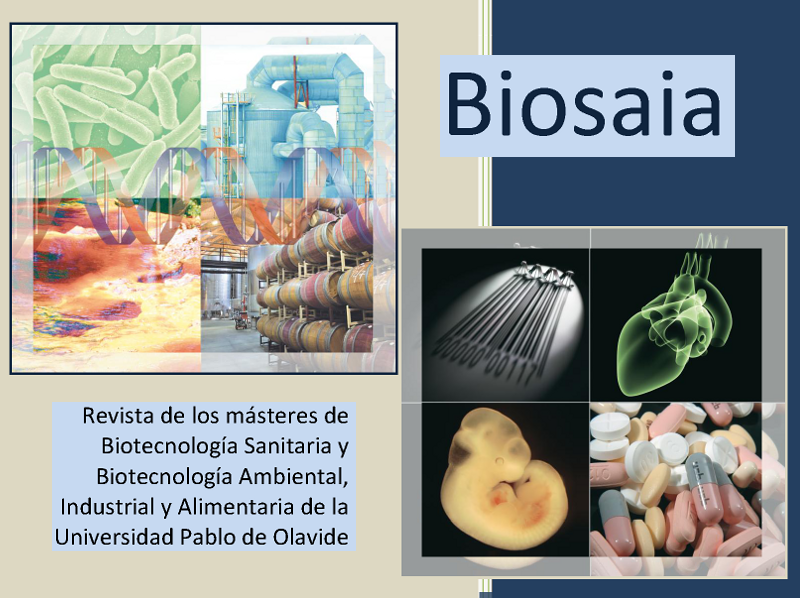Extension of the measurement range method for histamine determination by HPLC
Palabras clave:
Histamine; Fish; HPLC; Limit of quantificationResumen
Motivation: Histamine is a biogenic amine, produced post-mortem in the muscle of scombroid fish by bacterial or tissue enzymes during decarboxylation of the amino acid histidine. It is associated with food poisoning after ingestion of some fish species rich in histidine, such as tuna, mackerel, sardine, herring and anchovy [1]. Therefore, the level of histamine produced in scombroid or other histidine-containing fish can be used to assess the degree of fish spoilage and it is often considered one of the best biomarkers for quality control during food production, transportation, and marketing [2].
Methods: Commission Regulation (EC) No. 2073/2005 [3] provides for food safety criteria for histamine and sampling plans for fishery products from fish species associated with a high amount of histidine. Also indicates that High Performance Liquid Chromatography (HPLC) is the analytical reference method for its determination. In this study, we modified the analytical method used by Kose et al., [4] in order to reduce the limit of quantification in the histamine calibration curve from 25 to 10 ppm to quantify more selectively and more accurately the presence of histamine after the extraction, derivatization and chromatographic separation process. This would allow us to evaluate the degree of decomposition of the fish through the histamine content in a range of 5 to 500 ppm.
Descargas
Citas
Altieri, I., Semeraro, A., Scalise, F., Calderari, I., & Stacchini, P. (2016). European official control of food: Determination of histamine in fish products by
a HPLC–UV-DAD method. Food chemistry, 211, 694-699
Peng, J. F., Fang, K. T., Xie, D. H., Ding, B., Yin, J. Y., Cui, X. M., ... & Liu, J. F. (2008). Development of an a automated on-line pre-column derivatization
procedure for sensitive determination of histamine in food with high-performance liquid chromatography–fluorescence detection. Journal of
Chromatography A, 1209(1-2), 70-75
EU. European Union (2014). Equivalence testing of the reference method for determination of histamine mandated by Commission Regulation (EC)
/2005 to the Codex Alimentarius standard AOAC 977.13. Publications Office of the European Union. Administrative Arrangement N°
SANCO/2011/G4/JRC32515/SI2.611754 between DG Health and Consumers (DG SANCO) and Joint Research Centre (JRC). Doi: 10.2787/93196
Köse, S., Kaklıkkaya, N., Koral, S., Tufan, B., Buruk, K. C., & Aydın, F. (2011). Commercial test kits and the determination of histamine in traditional
(ethnic) fish products-evaluation against an EU accepted HPLC method. Food Chemistry, 125(4), 1490-1497
Descargas
Publicado
Cómo citar
Número
Sección
Licencia
Derechos de autor 2021 Biosaia: Revista de los másteres de Biotecnología Sanitaria y Biotecnología Ambiental, Industrial y Alimentaria

Esta obra está bajo una licencia internacional Creative Commons Atribución-NoComercial-CompartirIgual 4.0.





